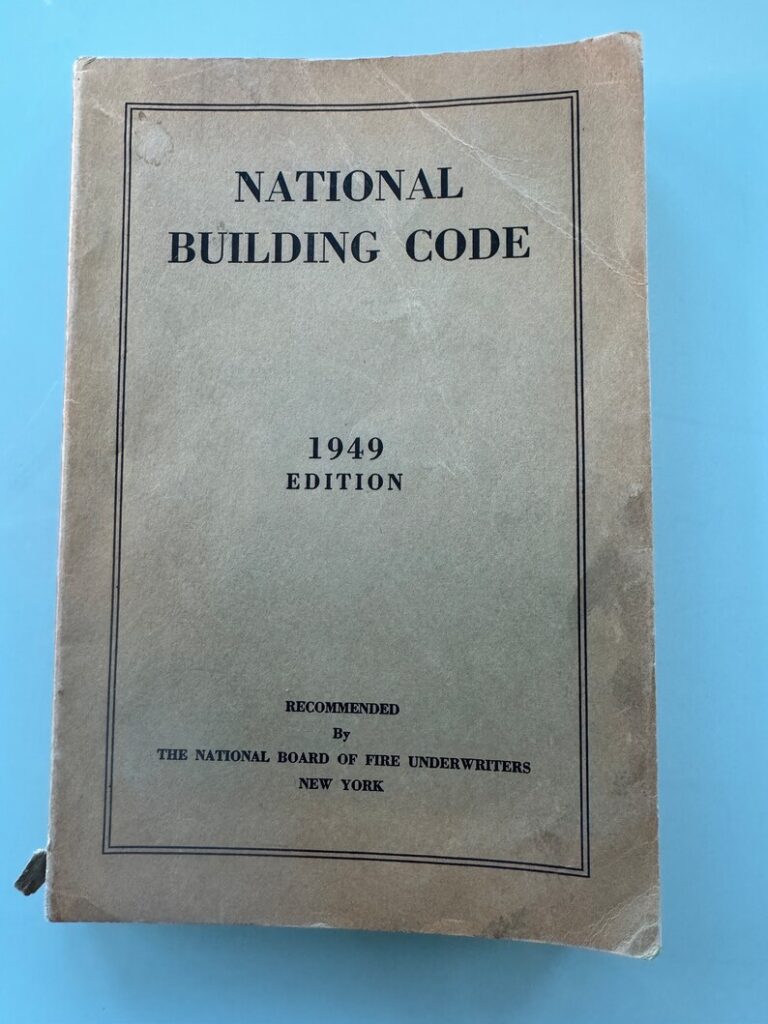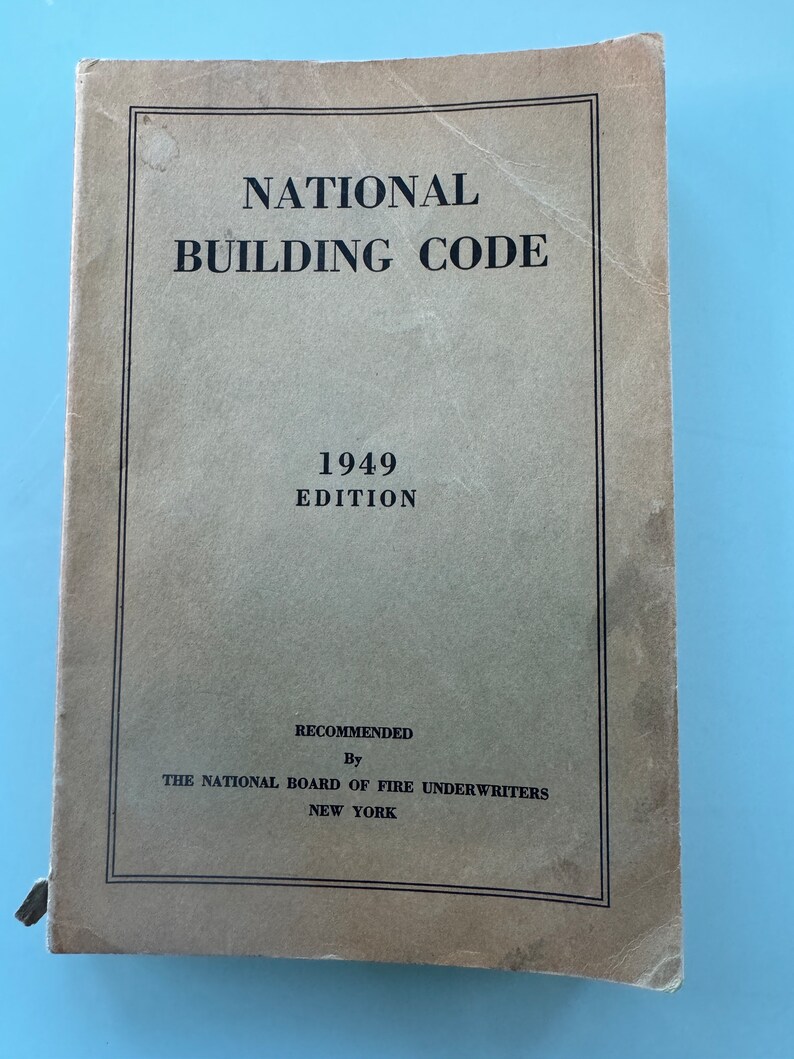Building Codes: The Blueprint for Safe and Sustainable Construction
Introduction
Building codes are the unsung heroes of the construction industry, silently ensuring that our buildings are safe, structurally sound, and compliant with essential standards. They are the rules and regulations that guide architects, builders, and engineers in creating structures that protect lives and property. In this blog post, we dive into the world of building codes, their significance, evolution, and the critical role they play in shaping the built environment.

1. The Essence of Building Codes
Building codes are sets of regulations and standards that specify the minimum requirements for constructing and maintaining buildings. They cover aspects such as design, construction materials, safety, and energy efficiency.
2. The Significance of Building Codes
- Safety: Building codes prioritize the safety of occupants and first responders in the event of emergencies.
- Structural Integrity: They ensure that buildings can withstand environmental forces like earthquakes, hurricanes, and fires.
- Public Health: Codes address sanitation, ventilation, and safe drinking water.
- Accessibility: Building codes promote inclusivity by requiring accessible features for people with disabilities.
- Energy Efficiency: They support sustainability by setting standards for energy-efficient building practices.
3. The Evolution of Building Codes
Building codes have a rich history, evolving over centuries from basic guidelines to comprehensive documents. Modern codes are developed through collaboration between industry experts, government agencies, and standards organizations.
4. Types of Building Codes
- International Building Code (IBC): Used in the United States as a model code for commercial construction.
- International Residential Code (IRC): Covers residential construction standards.
- National Building Code of Canada (NBCC): Used in Canada to regulate construction.
- Local Building Codes: Many jurisdictions have their own codes tailored to local conditions.
5. The Role of Building Inspections
Building inspections are a critical component of code enforcement. Inspectors ensure that construction projects adhere to code requirements at various stages.
6. Challenges in Building Code Compliance
Challenges include keeping up with evolving codes, addressing the cost of compliance, and enforcing codes in existing buildings.
7. Technology and Building Codes
Technology, such as Building Information Modeling (BIM) and digital plan submissions, streamlines the code compliance process.
8. The Future of Building Codes
The future may see codes adapting to accommodate innovative construction materials, energy efficiency standards, and smart building technologies.
Conclusion: Safeguarding the Built Environment
Building codes are the silent guardians of our built environment. They are the reason we can trust the buildings we live and work in to protect us and the environment. As we advance in construction methods and technologies, building codes will continue to evolve, ensuring that the structures we create are not only safe but also sustainable and accessible to all.

